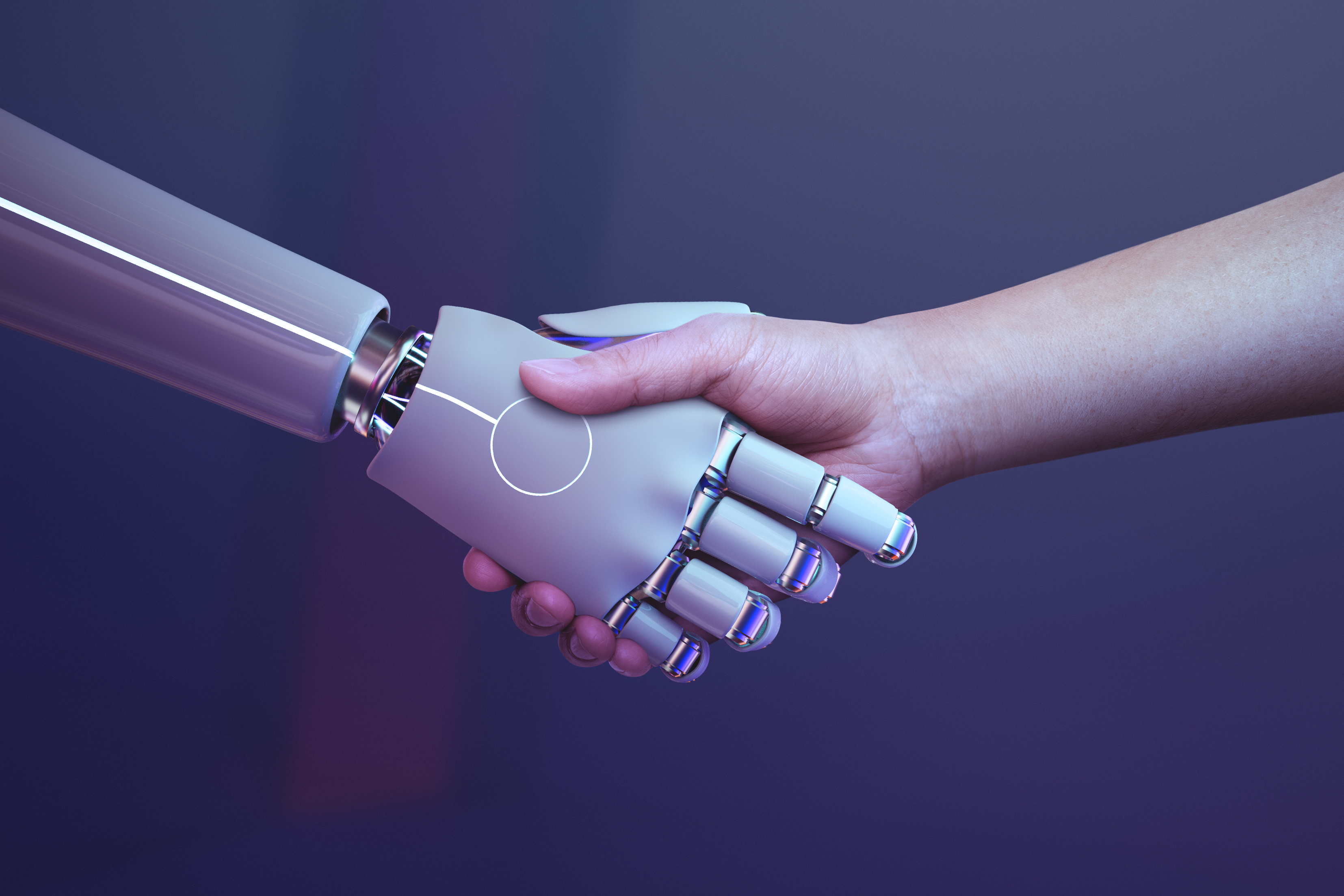Nearly a million jobs in London face change as AI reshapes the workplace.
New research suggests repetitive roles such as telemarketing, bookkeeping, and data entry will be among the most affected, with women at greater risk since they comprise much of the workforce in these sectors.
Analysts from LiveCareer UK and McKinsey reported that job adverts for roles most exposed to automation have dropped sharply in the past three years.
They warn that fewer entry-level opportunities could damage the future workforce unless businesses rethink how to balance automation with human creativity and judgement.
Some organisations are already adapting AI to support staff instead of replacing them. At Queen Elizabeth Hospital, a pharmaceutical robot works alongside clinicians, using AI to predict medicine demand and improve patient safety.
Leaders at Lewisham and Greenwich NHS Trust argue AI should relieve staff of repetitive tasks so they can focus on higher-value care.
Across industries, firms from Ford to Microsoft predict significant disruption. Ford’s chief executive has suggested AI could replace half of white-collar roles in the US, while others argue it will boost productivity instead of eliminating jobs.
Tech companies such as Snap are experimenting with AI-driven creativity tools, insisting the technology should act as an aid for workers rather than a threat to employment.
Would you like to learn more about AI, tech and digital diplomacy? If so, ask our Diplo chatbot!










